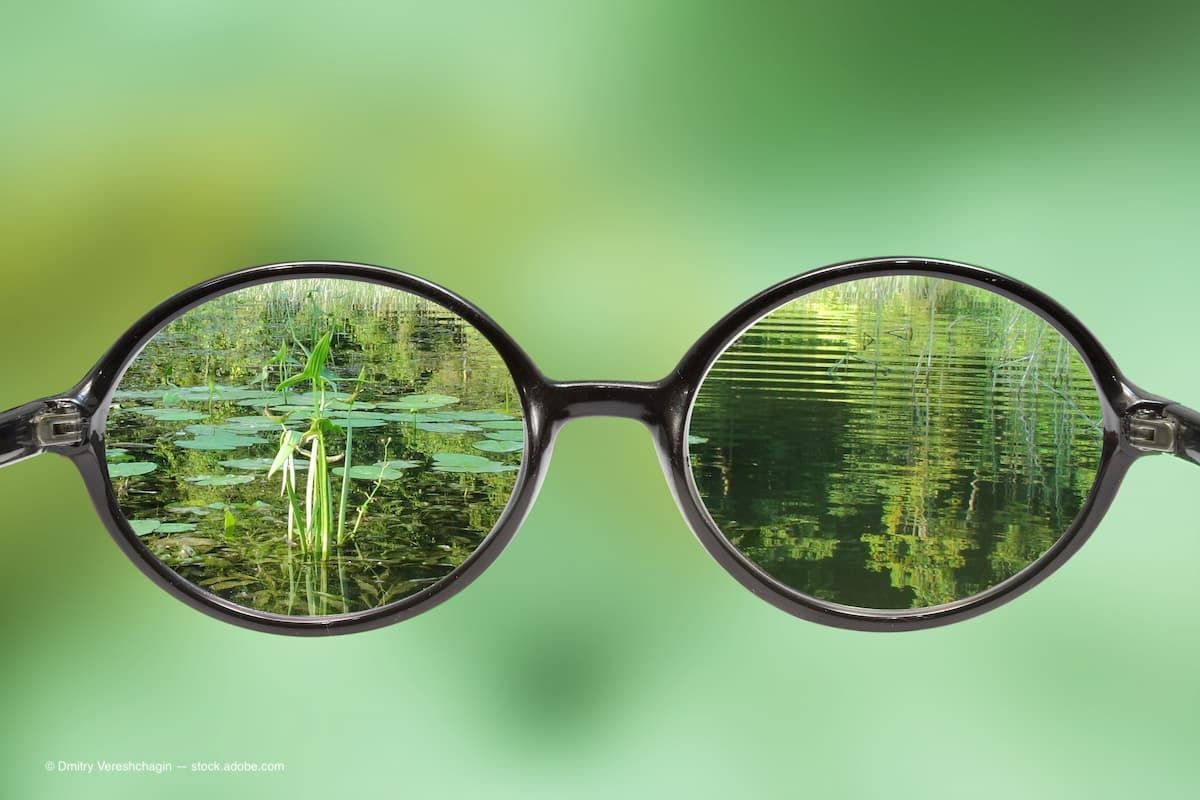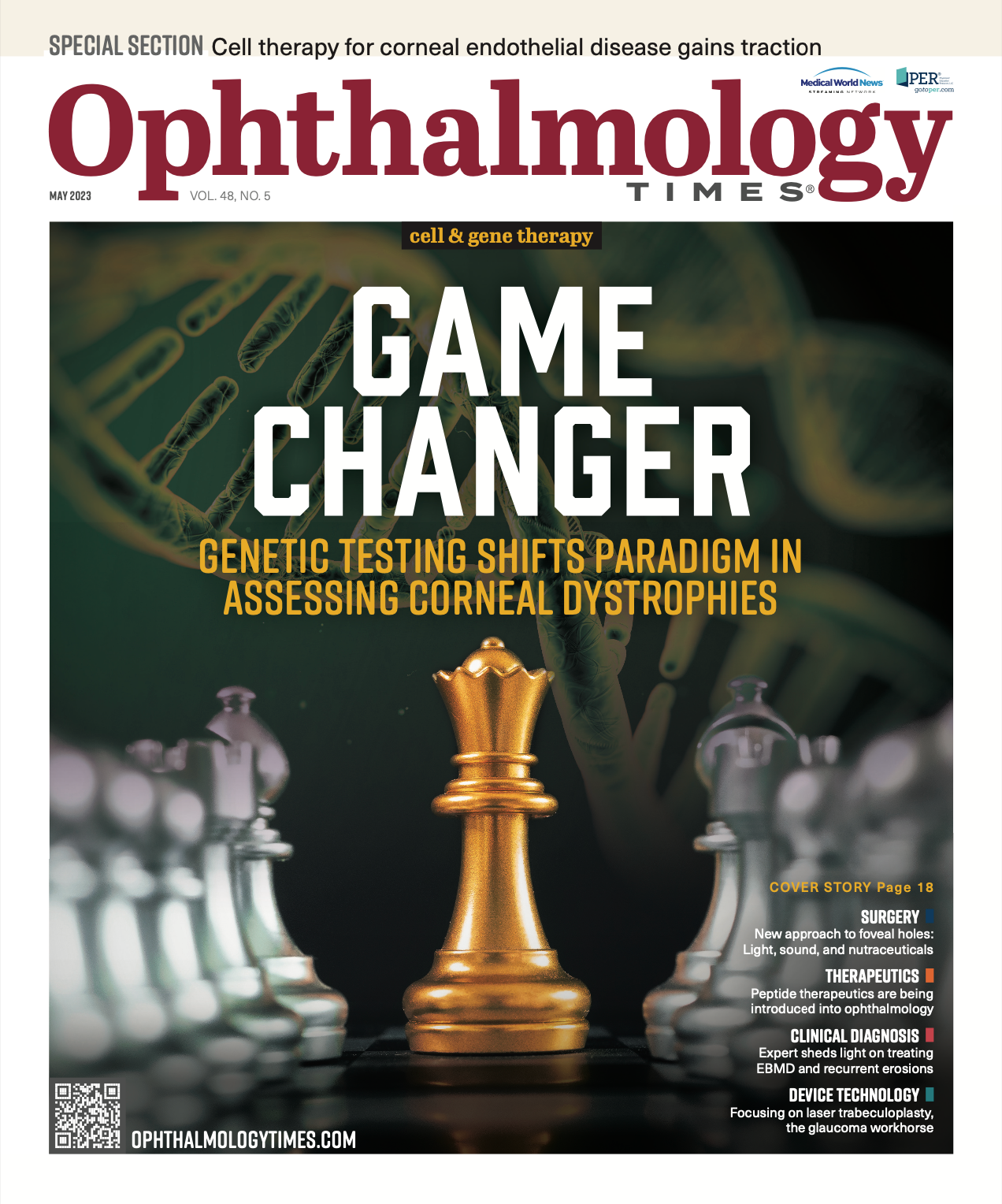Publication
Article
Digital Edition
Taking the long view of managing myopia
Author(s):
The number of cases continues to rise throughout the world
(Image Credit: AdobeStock/Dmitry Vereshchagin)

Reviewed by Stephanie Dotchin, MD, FRCSC, DipABO
The economic toll linked to myopia calls for measures to minimize the incidence of nearsightedness and explore possible treatments, according to Stephanie Dotchin, MD, FRCSC, DipABO, a pediatric ophthalmologist and clinical associate professor at the University of Calgary in Alberta, Canada. Dotchin spoke at the 33rd annual Jack Crawford Day, the annual pediatric ophthalmology conference organized by the University of Toronto Department of Ophthalmology.
Dotchin pointed out that 90% of teenagers in East Asia may be myopic; that in 2020, 2.5 billion individuals globally had myopia; and that the costs associated with myopia totaled $202 billion worldwide. Investigators performed a systematic review and meta-analysis of the prevalence of myopia and high myopia and estimated temporal trends from 2000 to 2050 using data published since 1995.1 They estimated that half of the world’s population will have myopia by 2050, Dotchin noted.
In countries such as China and Singapore, the rates of myopia are worrisome, particularly in Singapore, Dotchin said. “In Singapore, it has been determined that myopia is such a significant public health issue that they’ve initiated a public health campaign to encourage children to get outside,” she explained.
Moreover, the diagnosis of myopia is also on the rise in the United States, Dotchin added. “Within the past several 30 years in the United States, the rate of myopia has increased from 25% to 42%,” she said.
There will be long-term costs because of the growing incidence of myopia, Dotchin warned. “We’ll see more macular degeneration or myopic macular degeneration, more cataracts, and more glaucoma, and that will cost our health care systems more for sure,” Dotchin said.
The pathophysiology of myopia has been linked to factors such as dopamine and light exposure2; upon exposure to light, dopamine is released from the retina, and retinal dopamine levels are inversely correlated with axial length, Dotchin noted.
Although there are general guidelines that focus on limiting screen time, which would include limiting watching television and time spent on a computer or hand-held devices, one of the concerns that gets lost is the distance an individual is positioned from a device or a book, according to Dotchin.
Investigators in the Generation R study, which involved 3422 children, found that the degree of outdoor exposure was a significant predictor of myopia, but there was a relative effect of reading distance.3
The same analysis suggested at least 7 hours of outdoor exposure per week was needed to compensate for low-intensity near work, and more than 14 hours per week was needed to compensate for moderate- to high-intensity near work, Dotchin emphasized.
Managing myopia
Atropine has been shown to be an effective treatment for patients with myopia; one of the theories why is that it has a direct effect on scleral fibroblasts by inhibiting glycosaminoglycan synthesis, Dotchin said. “It has been used off-label for treatment of myopia as early as the 1960s, and the exact mechanism of action in myopia control is unclear,” she said.
Dotchin highlighted the ATOM 1 and ATOM 2 studies, which examined the impact of atropine on myopia. ATOM 1 results showed there was greater rebound with a higher concentration of atropine. ATOM 2 results, where 3 different doses were studied, showed that at the end of 5 years, change was lowest for participants using the lowest dose of 0.01%. She also addressed the newer LAMP studies and their results.
Another therapeutic approach is orthokeratology, which causes central flattening of the cornea. “Orthokeratology has become another significant area of interest for the treatment of myopia,” Dotchin noted. According to one analysis, orthokeratology resulted in a 45% decrease in myopic progress in school-aged children after 2 years, but a limitation of the study is that it lacked a washout period. There was a complication of infectious keratitis seen in 13.9 per 10,000 wearers, which was caused by Acanthamoeba and Pseudomonas.4 “To me the potential risks (of orthokeratology) don’t outweigh the potential benefits,” Dotchin said.
Another treatment approach is spectacles and contact lenses, but they have not been proven to be effective in preventing myopia or slowing its progression. An alternative to spending an increasing amount of time outside is the repeated use of low-level red-light therapy as a form of myopia control. Researchers have found this intervention to be a promising alternative treatment for myopia control in children, Dotchin explained.
“Some alternative therapies are looking at the manipulation of light in order to mimic the effect of bright outdoor light exposure,” she concluded.
Stephanie Dotchin, MD, FRCSC, DipABO
E: smitheyecentre@shaw.ca
Dotchin disclosed financial relationships with Alcon, Santen Pharmaceutical, Novartis, and Essilor International.
References:
1. Holden BA, Fricke TR, Wilson DA, et al S. Global prevalence of myopia and high myopia and temporal trends from 2000 through 2050. Ophthalmology. 2016;123(5):1036-1042. doi:10.1016/j.ophtha.2016.01.006
2. McCarthy CS, Megaw P, Devadas M, Morgan IG. Dopaminergic agents affect the ability of brief periods of normal vision to prevent form-deprivation myopia. Exp Eye Res. 2007;84(1):100-107. doi:10.1016/j.exer.2006.09.018
3. Dahabreh IJ, Hernán MA. Extending inferences from a randomized trial to a target population. Eur J Epidemiol. 2019;34(8):719-722. doi:10.1007/s10654-019-00533-2
4. Sun Y, Xu F, Zhang T, et al. Orthokeratology to control myopia progression: a meta-analysis. PLoS ONE 2015;10(4):e0124535. doi:10.1371/journal.pone.0124535

Newsletter
Don’t miss out—get Ophthalmology Times updates on the latest clinical advancements and expert interviews, straight to your inbox.





